Textile Collections
AMERICAN ASSOCIATION FOR STATE AND LOCAL HISTORY
BOOK SERIES
SERIES EDITOR
Russell Lewis, Chicago History Museum
EDITORIAL ADVISORY BOARD
Anne W. Ackerson, Leading by Design
William Bomar, University of Alabama Museums
Jessica Dorman, The Historic New Orleans Collection
W. Eric Emerson, South Carolina Department of Archives and History
Tim Grove, National Air and Space Museum
Ann E. McCleary, University of West Georgia
Laurie Ossman, Preservation Society of Newport County
Laura Roberts, Roberts Consulting
Sandra Smith, Heinz History Center
Kimberly Springle, Charles Sumner School Museum and Archives
William S. Walker, Cooperstown Graduate Program, SUNY Oneonta
STAFF
Bob Beatty, AASLH
Charles Harmon, Rowman & Littlefield Publishers
ABOUT THE SERIES
The American Association for State and Local History Book Series addresses issues critical to the field of state and local history through interpretive, intellectual, scholarly, and educational texts. To submit a proposal or manuscript to the series, please request proposal guidelines from AASLH headquarters: AASLH Editorial Board, 1717 Church St., Nashville, Tennessee 37203. Telephone: (615) 320-3203. Website: www.aaslh.org.
ABOUT THE ORGANIZATION
The American Association for State and Local History (AASLH) is a national history membership association headquartered in Nashville, Tennessee. AASLH provides leadership and support for its members who preserve and interpret state and local history in order to make the past more meaningful to all Americans. AASLH members are leaders in preserving, researching, and interpreting traces of the American past to connect the people, thoughts, and events of yesterday with the creative memories and abiding concerns of people, communities, and our nation today. In addition to sponsorship of this book series, AASLH publishes History News magazine, a newsletter, technical leaflets and reports, and other materials; confers prizes and awards in recognition of outstanding achievement in the field; supports a broad education program and other activities designed to help members work more effectively; and advocates on behalf of the discipline of history. To join AASLH, go to www.aaslh.org or contact Membership Services, AASLH, 1717 Church St., Nashville, TN 37203.
Textile Collections
Preservation, Access, Curation, and Interpretation in the Digital Age
Amanda Grace Sikarskie
ROWMAN & LITTLEFIELD
Lanham Boulder New York London
Published by Rowman & Littlefield
A wholly owned subsidiary of The Rowman & Littlefield Publishing Group, Inc.
4501 Forbes Boulevard, Suite 200, Lanham, Maryland 20706
www.rowman.com
Unit A, Whitacre Mews, 26-34 Stannary Street, London SE11 4AB
Copyright 2016 by Rowman & Littlefield
All rights reserved . No part of this book may be reproduced in any form or by any electronic or mechanical means, including information storage and retrieval systems, without written permission from the publisher, except by a reviewer who may quote passages in a review.
British Library Cataloguing in Publication Information Available
Library of Congress Cataloging-in-Publication Data
Names: Sikarskie, Amanda Grace, 1982 author.
Title: Textile collections : preservation, access, curation, and interpretation in the digital age / Amanda Grace Sikarskie.
Description: Lanham : Rowman & Littlefield, [2016] | Series: American Association for State and Local History book series | Includes bibliographical references and index.
Identifiers: LCCN 2015046400| ISBN 9781442263642 (cloth : alk. paper) | ISBN 9781442263659 (pbk. : alk. paper)
Subjects: LCSH: Textile museums. | Textile fabrics. | Museum techniques.
Classification: LCC NK8801.8 .S55 2016 | DDC 746.075dc23 LC record available at http://lccn.loc.gov/2015046400
 The paper used in this publication meets the minimum requirements of American National Standard for Information SciencesPermanence of Paper for Printed Library Materials, ANSI/NISO Z39.48-1992.
The paper used in this publication meets the minimum requirements of American National Standard for Information SciencesPermanence of Paper for Printed Library Materials, ANSI/NISO Z39.48-1992.
Printed in the United States of America
To Ada Lovelace, the original digital weaver
Preface
T he term textiles refers to any type of cloth or fabric. In practice, textiles is a broad, umbrella term that people employ when referring to woven and nonwoven (such as knit or lace) fabrics, including manners of construction (such as the sewing of garments or domestics such as quilts), as well as modes of coloration from dyeing and printing, and finally to needlework techniques and other embellishments such as appliqu and embroidery.
Textile fabrics can be made from a variety of thin, flexible fiberscotton, wool, silk, or one of the myriad synthetics including nylon, polyester and acrylic, and the liketwisted into yarns and fashioned into fabric through methods such as weaving and knitting. Textiles strongly reflect the aesthetics, values, and ways of life of the cultures that produce them and, as such, make for fascinating objects of study in historical and anthropological collections.
One may well wonder what such warm, fuzzy (and, quite often, pretty) objects have to do with the digital age and why I have chosen to explore textiles in digital collections when I could have chosen any other type of object. My own background in the subject is the short explanationas a textile historian, educator, museum practitioner, and blogger, I have worked with several of the collections profiled in this book, including the Quilt Index and the WGBH Media Library and Archives. More important, however, the intersection of textiles and the digital is, as I will argue in the pages of this book, an important theoretical construct and point of reference not only because of the myriad ways that museum professionals, archivists, artists, and others are creating, preserving, sharing, curating, and interpreting digital textiles but also because of the intimate historical connection between textiles and technology.
Back in 2008, I was working as a graduate research assistant at the Quilt Index, an online archive of quilt images and stories run out of Michigan State University. Chief among my many tasks was the double-checking of database crosswalks, spreadsheet documents that provided detailed instructions for the automated dump of quilt-related metadata from a museums database into KORA, the indexs content management system. After a few weeks of this, I began to take frequent breaks in between the columns of data and allowed my mind to wander. It occurred to me in one of these musing sessions that textiles are a lot like computersthey have the same binary logic.
About This Book
Today, quite innovative things are being done with textile collections online, but this has not been adequately reflected in the publishing world; all we see of these collections are coffee-table books and collections care manuals. Textile Collections grew out of the idea that many museum professionals out thereand not only those working in textile collectionswould be interested to discover how these very tactile collections are preserved, accessed, curated, and interpreted online, as well as the implications that this work has for current debates in the museum field, such as participatory culture versus curatorial authority and the continuing gender bias in the museum field.
Taking the work of nineteenth-century digital theorist Ada Lovelace as an inspiration and a point of reference, this book utilizes four case studies to explore some of the myriad ways that digital technologies are positively impacting work with historic textile collections. To understand this book in context, I think it is important to note that I myself am active in the textile culture in online worlds. Indeed, each of the chapters of this book is highly personal to me, exploring the collections and websites on which I cut my teeth, so to speak, as a textile historian. Born as Generation X ended and the Millennial generation began, simultaneously an online gamer and blogger and a textile historian and educator, it is my hope that my experiences in this liminal fiberspace will help to fill the gap between online youth culture and material culture.
Next page
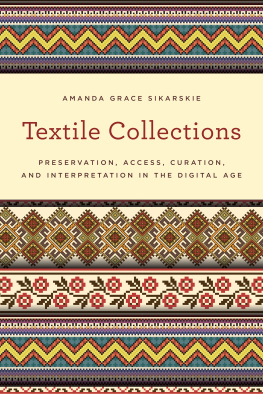

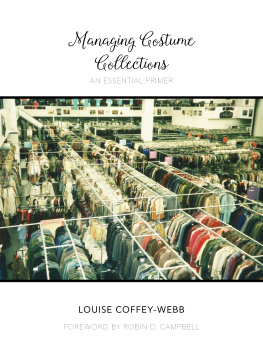

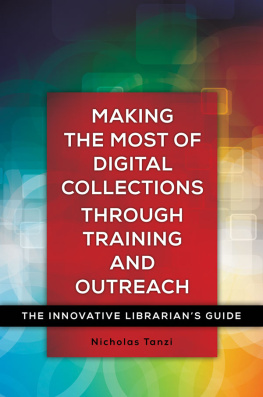
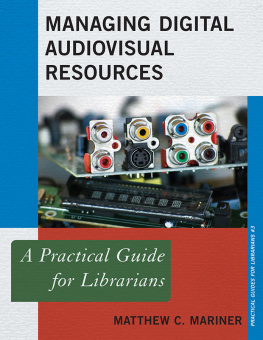
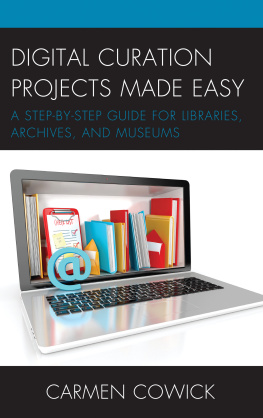
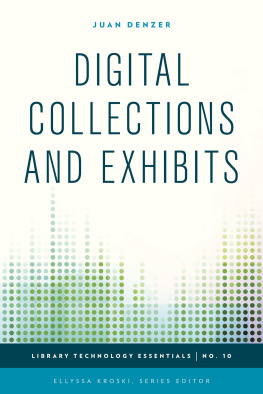
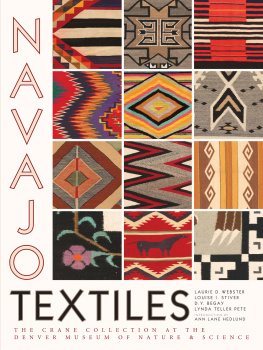


 The paper used in this publication meets the minimum requirements of American National Standard for Information SciencesPermanence of Paper for Printed Library Materials, ANSI/NISO Z39.48-1992.
The paper used in this publication meets the minimum requirements of American National Standard for Information SciencesPermanence of Paper for Printed Library Materials, ANSI/NISO Z39.48-1992.